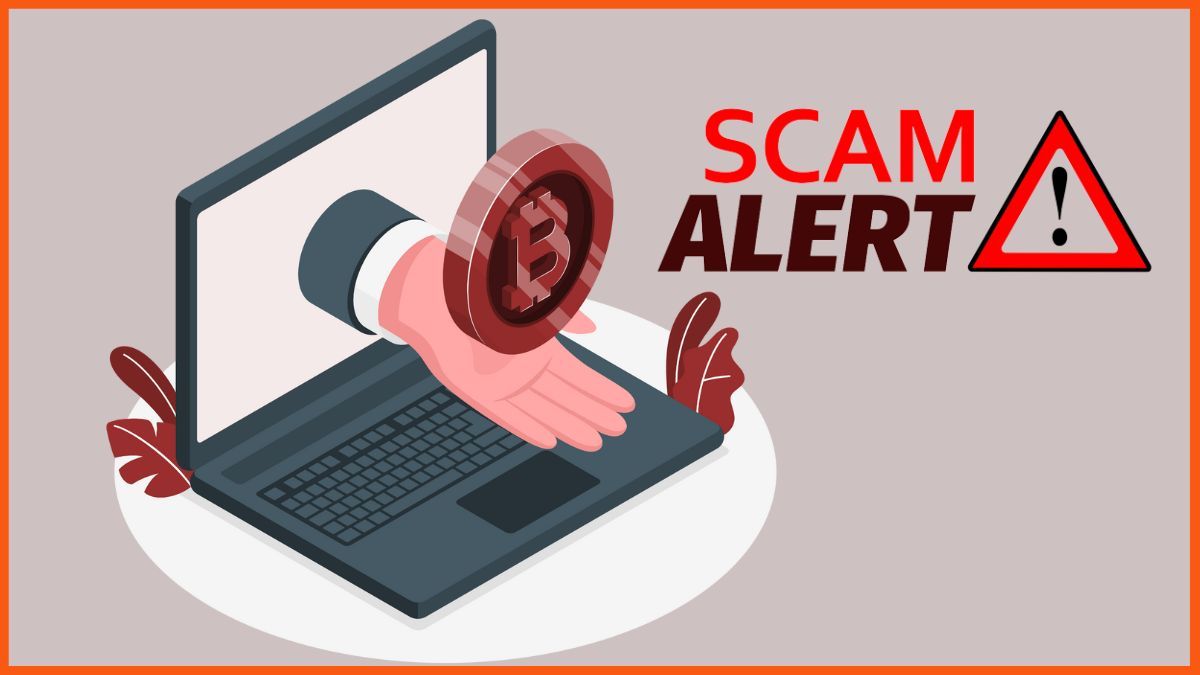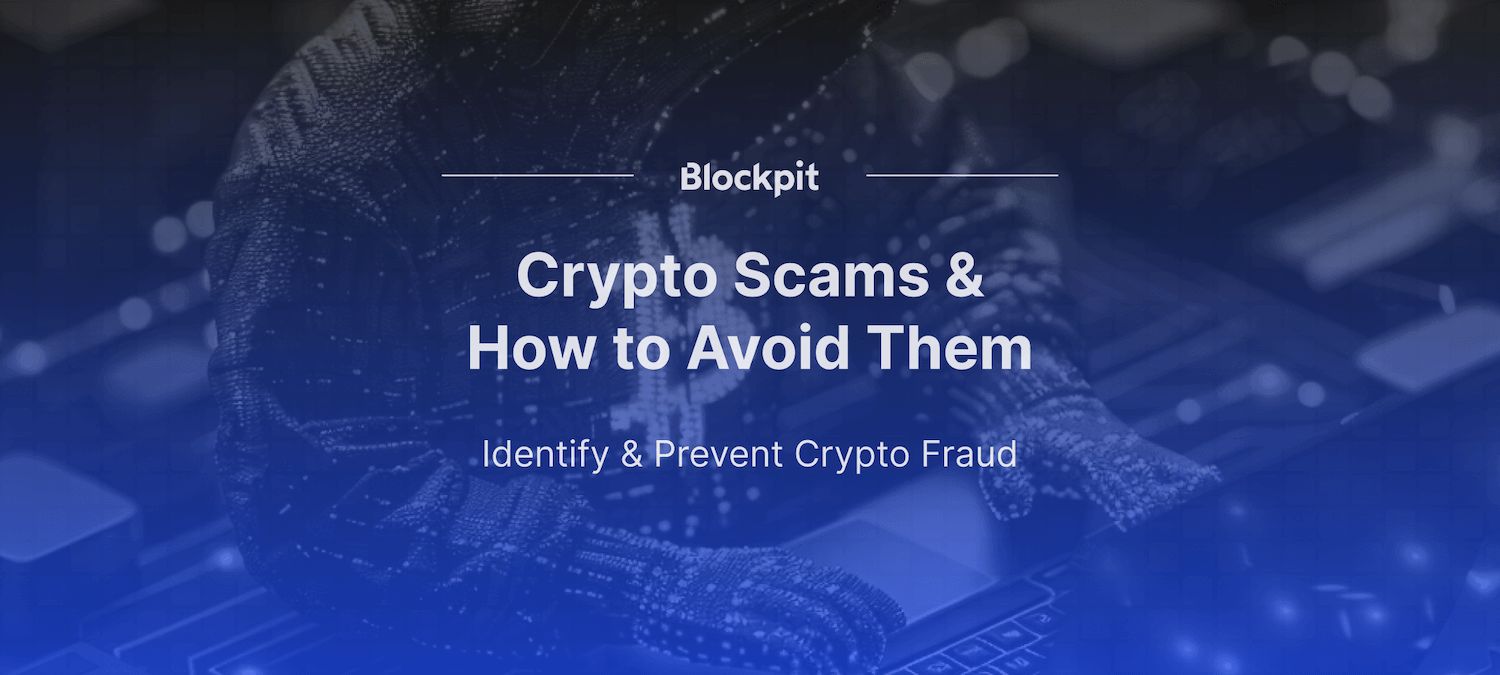Crypto Scam Red Flags: What Every Investor Should Know
The world of cryptocurrency has grown exponentially over the past decade. With the rise of digital currencies like Bitcoin, Ethereum, and countless altcoins, many investors have flocked to this new asset class, hoping to take advantage of the potential for high returns. However, with the cryptocurrency boom comes a wave of scams that prey on unsuspecting investors. In order to navigate this space safely, it is crucial to know how to identify scams in the crypto world. This article will highlight various strategies and red flags to help you stay vigilant and protect your investment.
Understand the types of crypto scams
The first step in identifying scams is to understand the different types that exist. Crypto scams usually fall into a few general categories:
Phishing scams: These include fake websites, emails, or social media messages that impersonate legitimate crypto services or exchanges. They trick users into revealing their private keys, passwords, or other sensitive information.
Ponzi schemes: A classic scam model in which returns to earlier investors are paid using the capital of new investors rather than profits earned. These schemes expire when new investment stops.
Fake Initial Coin Offerings (ICOs): Scammers create fake ICOs to lure investors into buying tokens for a project that doesn’t exist.
Ripples: Developers abandon a project after collecting substantial investment from customers. These are common in decentralized finance (DeFi) projects.
Pump and dump schemes: A group of investors artificially inflates the price of a low-cap cryptocurrency, encouraging others to buy, only to sell at the peak and leave new investors with worthless coins.
Research the team behind the project
A legitimate crypto project will have a transparent team with a verifiable identity. When evaluating cryptocurrencies, consider the following:
LinkedIn Profiles: Check if team members have LinkedIn profiles and if these profiles are genuine. Find a solid background in related industries like technology, finance, or blockchain.
Past experience and track record: Analyze the team’s previous projects. Have they been involved in other successful blockchain projects? Or do they have a history of failed or fraudulent attempts?
Advisors and Partnerships: Legitimate projects often have well-known advisors and partners. However, verify these claims directly through the advisers’ own channels, as fraudsters often create false lists of prominent figures to create credibility.
Carefully analyze the white paper
A white paper is a technical document that outlines the details of a crypto project, including its technology, tokonomics, roadmap, and goals. This is an important tool for identifying scams:
Vague or plagiarized content: A good white paper will be detailed and specific about the project’s goals, technology and future. Beware of vague, generic, or duplicate content. Plagiarism is a major red flag.
Unrealistic promises: If a white paper promises guaranteed returns, instant riches, or any other unrealistic claim, it’s likely a scam. No legitimate investment can guarantee returns.
Lack of technical details: A real project will provide a complete description of the technology it uses. Be careful if the white paper lacks technical details or sounds like a marketing pitch.
Affirm community and social presence
A cryptocurrency’s community and social media presence can provide insight into its legitimacy:
Active and Engaged Community: A legitimate project will have an active and engaged community on platforms like Telegram, Discord, Reddit, and Twitter. Avoid projects where the community feels overly promotional or pushy.
Moderation and Transparency: Be alert if negative comments, concerns, or questions are deleted or if conversations are heavily moderated. This could indicate that the team is hiding something.
Fake Followers and Bots: Analyze the followers of the project’s social media accounts. Low engagement, frequent comments, or a high number of followers with bot-like behavior is a warning sign.
Conduct a code audit
For more technically inclined investors, reviewing the project’s codebase may reveal:
Open source code: Legitimate projects often have open source code that anyone can audit. This transparency creates trust. If a project’s code is not open source or does not have external audits, this can be a red flag.
Independent Security Audit: Reputable projects will have security audits done by third-party firms. If there is no audit or the audit is done by unknown or unreliable entities, proceed with caution.
GitHub Repository Activity: Check the project’s GitHub repository activity. Constant updates and active development are good signs, while a passive or inactive repository may indicate a lack of commitment.

Avoid high pressure tactics
Fraudsters often use high-pressure tactics to attract investors:
Limited-time offers: Be wary of “limited-time offers” or instant messages that force you to invest immediately. Legitimate investments rarely involve such high-pressure tactics.
Guaranteed Returns: Be wary of any investment opportunity that promises guaranteed returns. In the volatile world of cryptocurrency, such guarantees are unrealistic and usually indicate a scam.
Referral schemes: If a project heavily encourages others to refer others for investment without a clear, legitimate purpose, it may be a Ponzi scheme or pyramid scheme.
Check for regulatory compliance
Legitimate crypto projects often comply with regulations in their jurisdictions:
Know your customer (KYC) policies: Most legitimate exchanges and projects will have KYC policies. If a project or exchange does not require KYC, consider this a potential red flag.
Regulatory Warnings: Check if there are any warnings from financial authorities about the project or exchange. Regulatory bodies such as the SEC (U.S.), FCA (UK) or ASIC (Australia) regularly issue warnings about known scams.
Verify Smart Contract Code (For DeFi Projects)
If you are investing in a decentralized finance (DeFi) project, smart contract code is very important:
Check the Smart Contract Audit Report: If a DeFi project has not had its smart contracts audited by reputable third-party firms, it can be dangerous.
Look for backdoors or loopholes: Some smart contracts have hidden backdoors or loopholes that allow developers to withdraw funds. Review the code yourself or consult a professional if you have the skills.
Beware of unregulated exchanges
Using unregulated exchanges to buy and sell cryptocurrencies can be risky:
Research the Exchange’s Reputation: Before using an exchange, research its reputation, user reviews, and security measures. An exchange with many negative reviews or unresolved complaints may be a scam.
Withdrawal Restrictions: Be careful if an exchange imposes withdrawal restrictions or has lengthy withdrawal processes. This could be a sign of liquidity problems or outright fraud.
Use reliable sources for research
To keep up with the latest scams and scams in the crypto world, use trusted resources:
Crypto News Outlets: Websites like CoinDesk, CoinTelegraph, and The Block provide regular updates on scams, hacks, and fraudulent activity.
Social Media Alerts: Follow leading crypto influencers, cyber security experts, and crypto watchdogs on social media platforms like Twitter to get timely alerts about potential scams.
Scam Alert Websites: Websites such as Scamwatch, BitcoinScamAlert, and others specialize in identifying and listing scams in the crypto world.
The result
The crypto world offers immense growth and investment opportunities, but it is also full of scams and fraud schemes. Being vigilant, doing thorough research, and understanding red flags are critical to protecting your investment. Remember, if something sounds too good to be true, it probably is. Always approach any new project with caution, verify every detail, and never invest more than you can afford to lose.
Read More: Trust-building activities in relationships: Strengthening bonds through action



